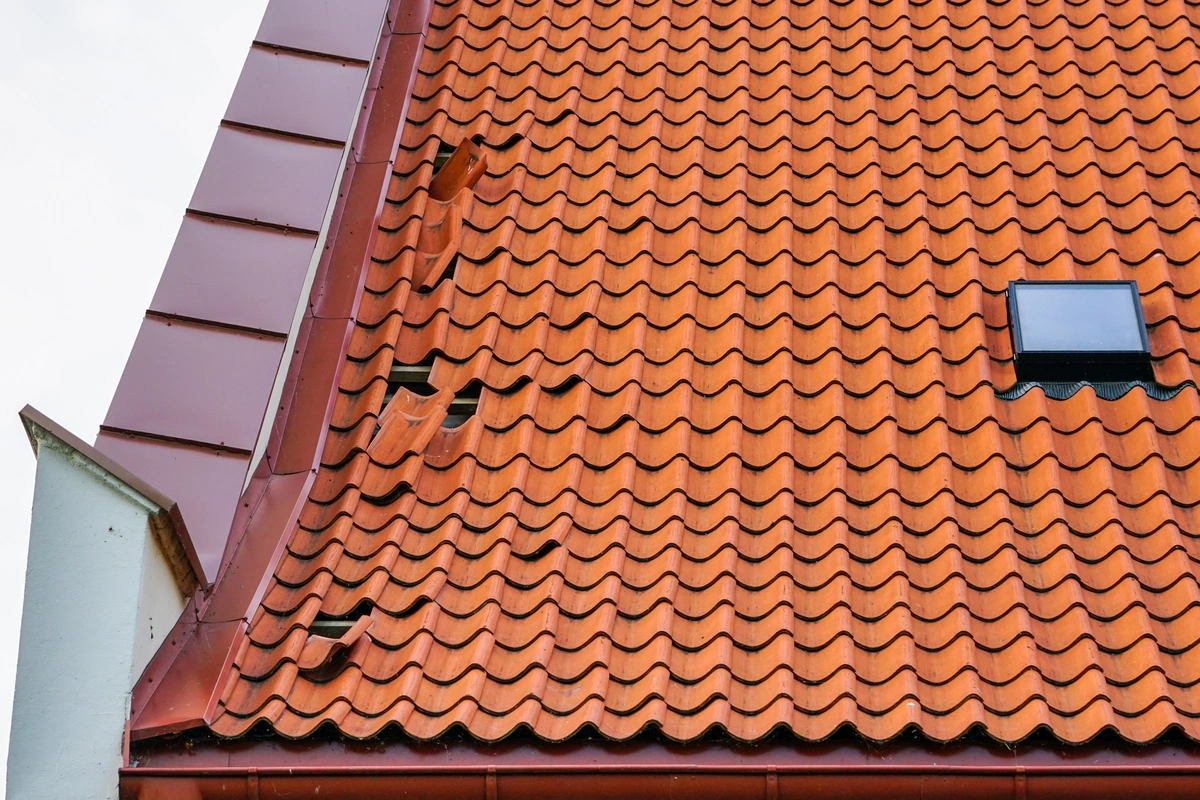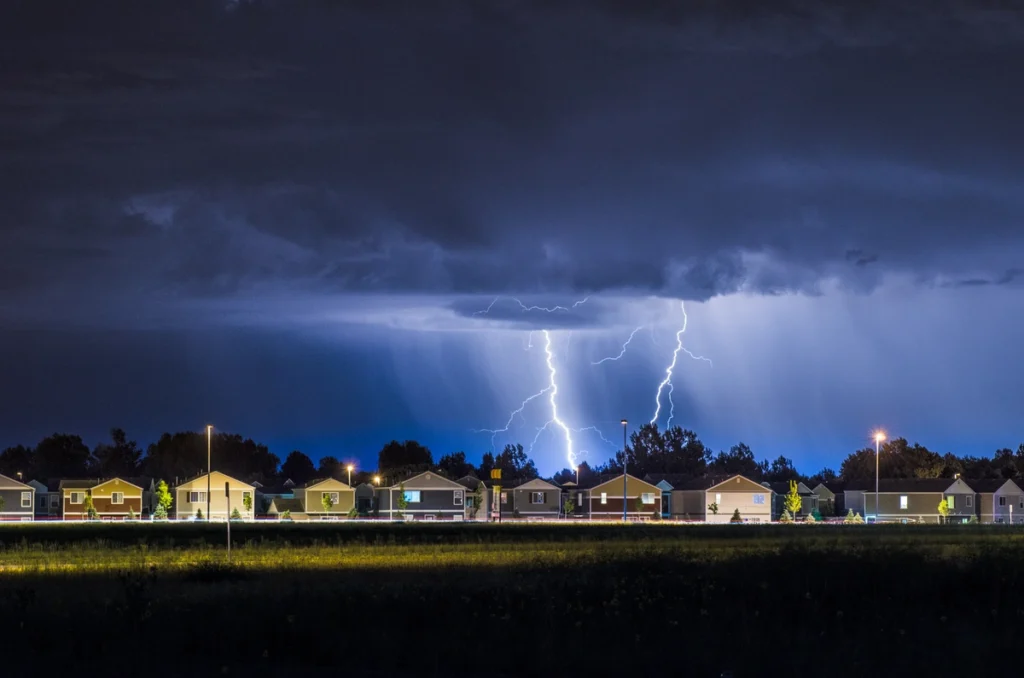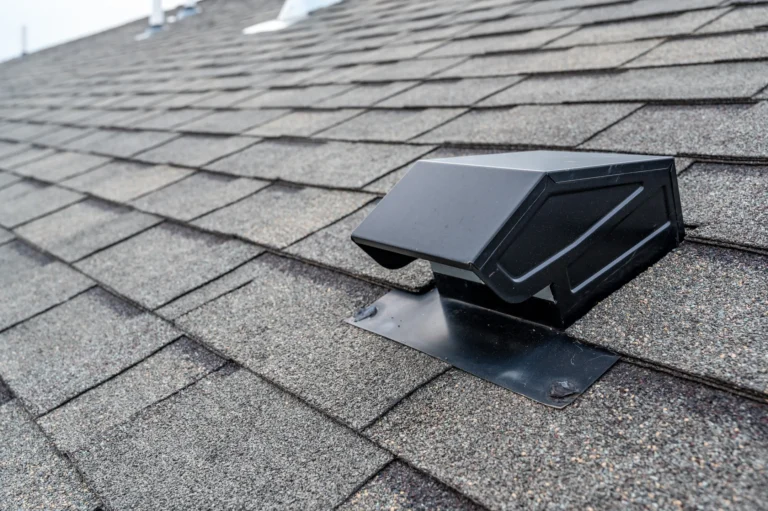
Blog
Top 5 Types of Roof Storm Damage to Look Out for in 2024
Jacksonville residents can often become the victim of a storm, no matter the season. As such, you might worry about trying to keep your home secure from all types of roof storm damage, as roof repair can be costly. Though, what are the different types of storm damage you might see and what might be the impact of each?
It is important to understand the kinds of roof problems you get after severe weather, so we have put this article together to help guide you. By the end, you should be able to recognize and discuss each different type with an inspection and repair service like ours.
1. Wind Damage

This is the most likely type of damage you will see following a storm. As intense winds can lift shingles or other roof material, then allow them to fall back down when the wind drops, you can expect to see these dislodged. If they do not come all the way free, they might instead crack or break in other ways.
After this type of damage, you can expect the elements to enter your roof easier. Leaks will cause even more damage over time, so you should check if your roof is suffering from wind damage as soon as possible. If you do not, you might end up paying out more for repairs over time as the issue grows.
When investigating, be aware the type of damage depends not only on how powerful the wind and elements were but also on what type of roof you have. For example, metal roof tiles are much less likely to break compared to asphalt shingles. Still, it is important to check if they have moved and if gaps have thus appeared in your roof.
2. Hail Damage
Hail damage is one of the more infamous types of damage you might encounter. Videos of hailstones large enough to puncture holes in vehicles, while rare, are common online.
In truth, hailstones can range from small pellets you hardly feel all the way up to golf-ball-sized ice lumps or even larger. As you might expect, these can cause serious damage to any sort of roof you might have.
When looking for hail damage, an inspector might search for cracked or dented shingles, or even broken tiles. In the case of metal roofing, they might even find punctures if the impact was severe enough, but it is more likely they will discover denting.
Holes and punctures in the roof can leave your home at risk of major water damage, even in small amounts of rain. So you should have someone look at it as soon as you can.
When searching for damage, make sure to look in your gutter and pipes leading from the gutter too. While the roof might not look damaged, you may find small pieces of debris collect in these areas which could be a sign of more significant damage.
3. Flying Debris

During severe storms, you may end up with debris that impacts your roof. This might be something as small as tree branches or local unsecured personal property. In more extreme cases, a whole tree could fall or collapse onto your roof, causing major damage.
With smaller debris, you might only need to look for dents or holes in your roof. With larger impacts, though, you will need to check for whether there is more significant harm that has come to your roof. For example, your rafters could crack with a strong enough force, forcing you to repair them.
If you do not know what to check for to see if your rafters or the rest of your roof have received harm, we recommend you call in an expert.
4. Water Damage
During a storm, you can expect to have a lot of water impacting your roof. This not only falls downwards but can sometimes be moving sideways or with specific wind flows may even go up for short distances.
Because of this, you need to check every nook and cranny of your roof to ensure the water has not entered unexpected locations.
Water is not always going to cause damage straight away. It can sit and seep into the building’s structure. This can cause the rotting of beams and supports, or reduce how well you can heat the home.
Water also helps support things that grow in and on the roof’s structure, these include mold and mildew. If left to build up, the water can even pool on the floor of an attic, dripping down into the floors below when heavy enough.
5. Lightning Strike

While it is much less likely to occur, lightning damage is a real danger that can cause sudden and unexpected harm to a home. It does not even need to impact the home directly to cause damage, it might affect the roof by causing nearby fires which then spread to the roof.
Much like with most other damage, the harm caused will depend largely on what you have made the roof out of. Metal roofs, being a great conductor of electricity, are much less likely to receive permanent harm. You can expect tiles or shingles to crack, break, or even melt though.
On top of this, lightning strikes can cause huge electrical surges. If you have any electronic devices or wiring in the roof, you need to ensure these have not received further harm.
Repairing All Types of Roof Storm Damage
The above examples are the most likely types of roof storm damage you are likely to see occur. Still, they are hard to repair and might need additional inspection to ensure there is no secondary harm to your home. This is where we come in.
We can inspect your roof and the underlying structure to ensure you remain safe after a major storm by repairing any damage we find. To bring us in and have us take a look, all you need to do is contact us. Avenue Roofing is here to help, so give us a call today.



